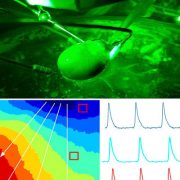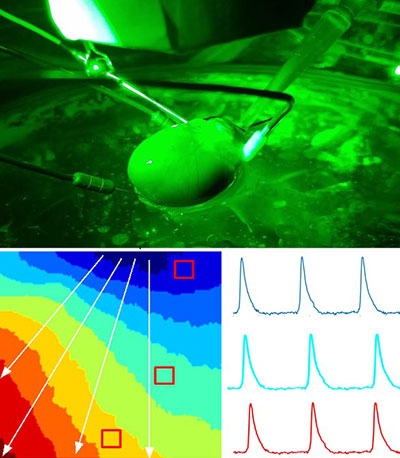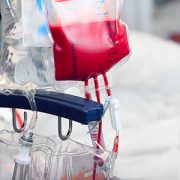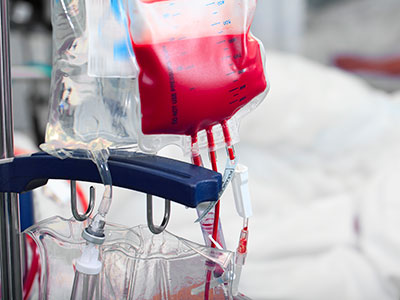Meghan Delaney, D.O., M.P.H., receives 2021 James Blundell Award

The British Blood Transfusion Society (BBTS) recognized Meghan Delaney, D.O., M.P.H., division chief of Pathology and Lab Medicine and director of Transfusion Medicine at Children’s National Hospital, with the James Blundell Award.
The James Blundell Award is the most prestigious award given by the BBTS. Introduced in 1984, this award is given to recipients for original research resulting in an important and significant contribution to the body of medical and or scientific knowledge within the field of blood transfusion.
“I am honored to receive this award from the British Blood Transfusion Society,” says Dr. Delaney. “The field of transfusion medicine is dynamic and provides an important part of our healthcare infrastructure. It’s wonderful to have this recognition and I am grateful to the society for the award.”
She is professor of Pathology and Pediatrics at the George Washington University with over 100 manuscripts, 25 book chapters and over 60 presented abstracts. Dr. Delaney serves as a member of the Board of Directors for the Association for the Advancement of Blood & Biotherapies (AABB), is a Scientific Member of the BEST Collaborative and is a member of the American Board of Pathology Test Development and Advisory Committee. She serves as the chair of the National Institutes of Health’s BLOODSAFE Program that aims to improve access to safe blood in Sub Saharan Africa.
Dr. Delaney received the award on September 14 at the 2021 BBTS Annual Conference, where she presented the lecture titled: “Access to safe blood transfusion in low- and middle-income nations: From ‘big data’ to mosquitos.”







